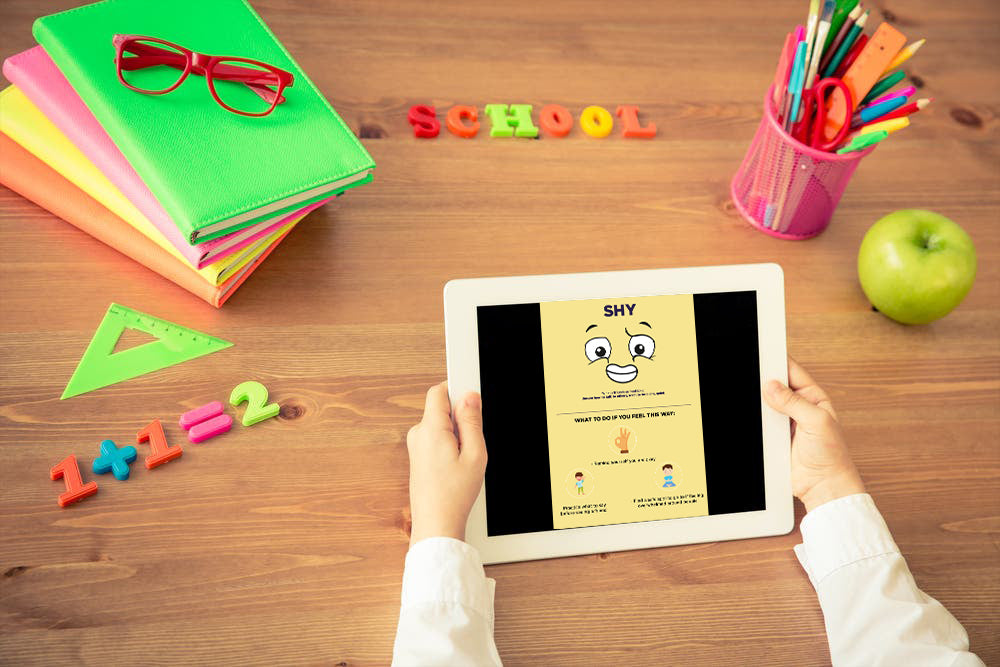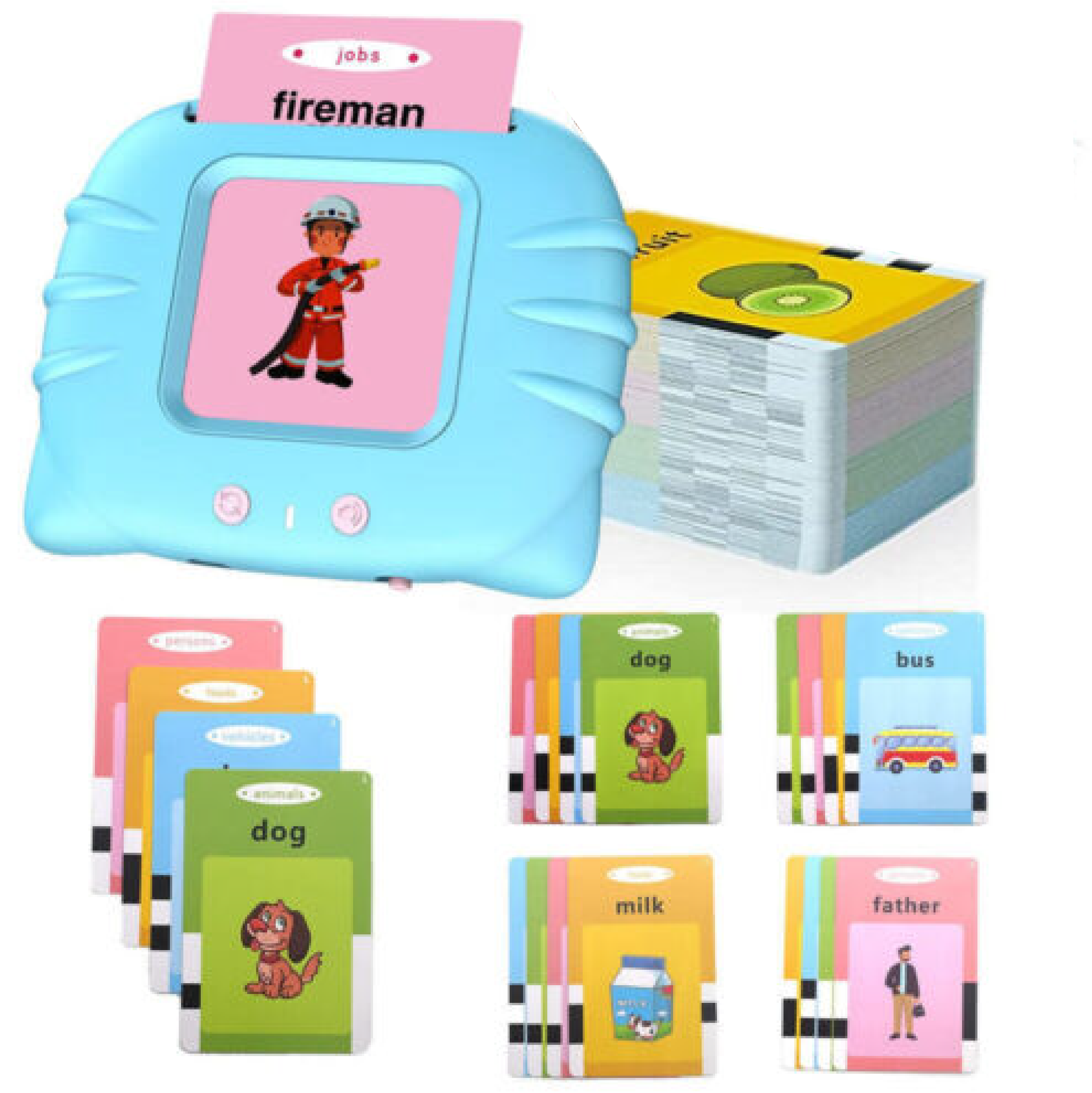
As summer draws to a close and the new school year approaches, your child may experience feelings of anxiety and apprehension, and this can be particularly overwhelming for children under the spectrum. The transition from a relaxed summer schedule back to the structured environment of school can be overwhelming for young minds. As parents and caregivers, it's crucial to support and guide our children through this transition, helping them cope with their back-to-school anxiety. In this blog post, we will share five practical tips to ease your child's worries and set them up for a successful and enjoyable return to school.
Open Communication and Validate Feelings:
The first step in helping your child cope with back-to-school anxiety is to create an environment where they feel comfortable expressing their emotions. Initiate open conversations about their worries and fears related to school. Listen attentively and validate their feelings, reassuring them that it's okay to feel nervous. By acknowledging their emotions, you let your child know that you understand and empathize with their concerns.
Gradual Exposure and Practice:
Sensory Regulation Strategies:
Sensory sensitivities are common among children with autism and can significantly contribute to anxiety. Work with the school to create a sensory-friendly environment that accommodates your child's specific needs. Ensure they have access to a quiet space for breaks, and provide sensory tools such as fidget toys or noise-canceling headphones. Incorporate sensory regulation techniques, such as deep breathing exercises or physical activities, into their daily routine to help them self-regulate during stressful moments.
Establish an At-Home Predictable Routine:
Having a consistent daily routine at home provides a sense of security and stability. Before the school year starts, establish a schedule that includes regular wake-up times, meal times, playtime, and bedtime. Discuss the routine with your child, and involve them in planning it. This involvement gives them a sense of control and ownership over their daily activities, helping to ease anxiety about what lies ahead.
Create a Visual Schedule:
Visual schedules are powerful tools that can help children with under the spectrum understand and anticipate their daily activities. Collaborate with their teachers to create a visual schedule for the entire school day. Use pictures, symbols, or written cues to represent each activity or class period. Review the schedule with your child daily, reinforcing the routine and reducing uncertainty. This visual roadmap will offer a sense of predictability and alleviate anxiety associated with unknown or unexpected events.
The back-to-school season can be both exciting and nerve-wracking for children. As parents, we play a vital role in supporting our children through this period of transition. By fostering open communication, providing opportunities for familiarization, establishing routines, and promoting positive visualization, we can help our children cope with back-to-school anxiety effectively. Remember, every child is unique, so be patient and understanding as you guide them through this journey, and always be available to lend a listening ear or a comforting hug when needed. Together, we can help our children embrace the new school year with confidence and enthusiasm.












Leave a comment